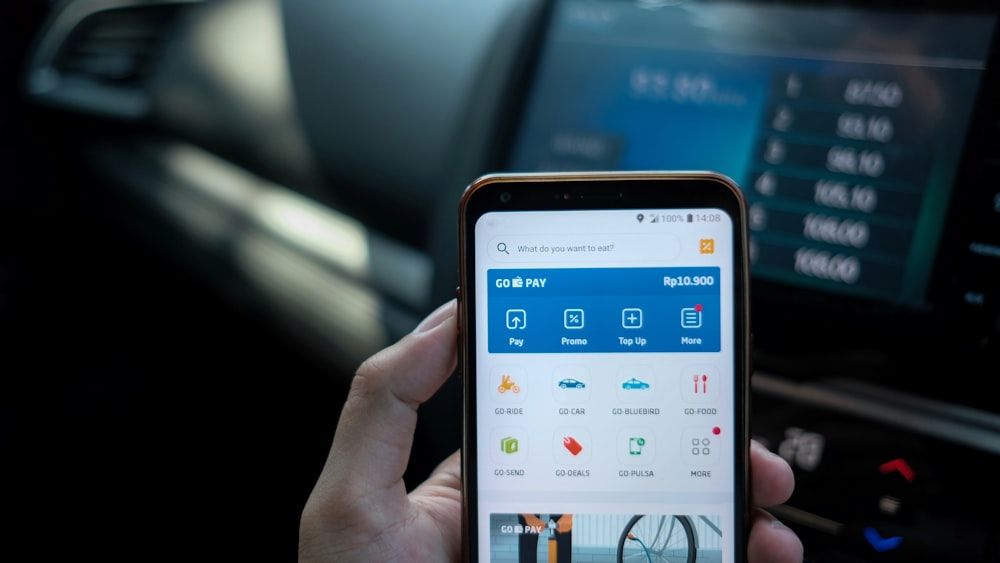Smartphones have taken a hold on our day-to-day business. Constantly attached to our hands and ears, we see these devices everywhere we go. In 2019 alone, 97 million handsets were purchased in Southeast Asia, raking in $23 billion USD for the industry. While demand in other regions declined, ASEAN countries increased sales by 4%. The highest growth was in Malaysia and Thailand, both with a 13 % rise in adoption last year. What does this influx of smartphones in Southeast Asia mean for eCommerce and tech startups?
eCommerce thrives as consumers shop online with their mobiles
The increase in smartphone penetration has impacted online spending. According to a report from GfK, 64% of people in Indonesia used their smartphones or tablets for their online shopping trips. Of those, half preferred to use their mobile phones. With more devices in the hands of spenders, this is a positive sign for eCommerce and businesses who sell online.

Tech startups tap into dollars using e-wallets
Because residents in Southeast Asia now have easier access to digital offerings through their phones, tech startups have an abundance of customers to peddle to and an increased marketplace. Smartphone technology supports e-wallets which are proving to be an invaluable source of online business for tech startups in Southeast Asia. Not only are e-wallets convenient, but they are also positive for a sustainable future—allowing companies to ditch paper and replace it with digital payments.
Visa is planning on bringing wallets across borders, with foreign exchange their next focus for e-wallets, especially helpful for the transient population of approximately 6.5 million in the Southeast Asian region, who are faced with an increasing need to cross borders for work.
Increased sales through convenient buyer behaviour
Applications on smartphones can be used at any time, anywhere, and this flexibility encourages more time spent on devices. If a consumer wants to buy something, they don’t have to return home and grab their cash out of the drawer or make a special trip to the bank to withdraw their hard-earned funds. It is easy to engage in a transaction without too much thought of the consequences. Fintech apps can take advantage of this buyer behaviour by having a multitude of purchasing options available for potential customers.
5G drives more sales
5G promises to deliver faster speed and more reliable mobile broadband for consumers, making it attractive for users in many ways, including downloading and streaming movies at lightning speed, without interruption. Singapore is leading the way and plans to roll out 5G in 2020. Many of the current spectrum bands can not withstand the volume of demand, so it is a necessary improvement to continue to support consumer habits. A report by Gartner forecasts that smartphone sales will increase in Southeast Asia, partly due to the decreased cost of the handsets and also because some consumers have delayed their purchase of new devices until the 5G release. With access to more smartphone applications, this increases the opportunity for tech startups to expand their services and capitalise on the increased usage.

How Covid-19 will impact smartphone sales
The whole world seems to be halting in the wake of the Coronavirus (COVID-19) and the smartphone production line is no exception. With closed signs splattered all over venues globally, Apple’s World Wide Developers Conference (WWDC) and the Mobile World Congress (MWC) both add to the ever-increasing numbers of cancelled in-person events. Apple confirmed that they would offer an online conference; the first it has implemented in 31 years while with MWC postponed, it looks like there will be a delay in potential partnerships, smartphone releases and sales.
Several organisations have had to close their doors temporarily or minimise on-site activities. Samsung diverted production from China to Vietnam and Apple have had major delays in sales—with fewer shoppers beating the streets and factory closures in both China and South Korea. Like Google, Huawei and Motorola, Apple has delayed the release of their latest phone.
There have been significant disruptions to the supply chain, and with the increasing closure of country borders, this appears to be growing. China, long the front-runner in production, is experiencing a break in their production line; the rest of the world is feeling the consequences. With the coronavirus disruption, the International Data Corporation (IDC) predicts 5G sales will now have a delayed impact but we won’t see the result of the 5G uptake until 2021.
******
Whilst we are celebrating the recent increase in sales of smartphones in Southeast Asia, this temporary disruption to the market will have an impact. But the improved viability of 5G will bring a more stable, secure network; people will continue to pick up their smartphones and conduct their business with their mobile device. With so many people isolated throughout the world, individuals are turning to entertainment, education and social connectedness and distraction, which means their phones are essential tools to bridge the gap between the outside world and their inner sanctuary. With an increased dependency on smartphones, the populace will need to continue to feed the addiction once COVID-19 sweeps through.
